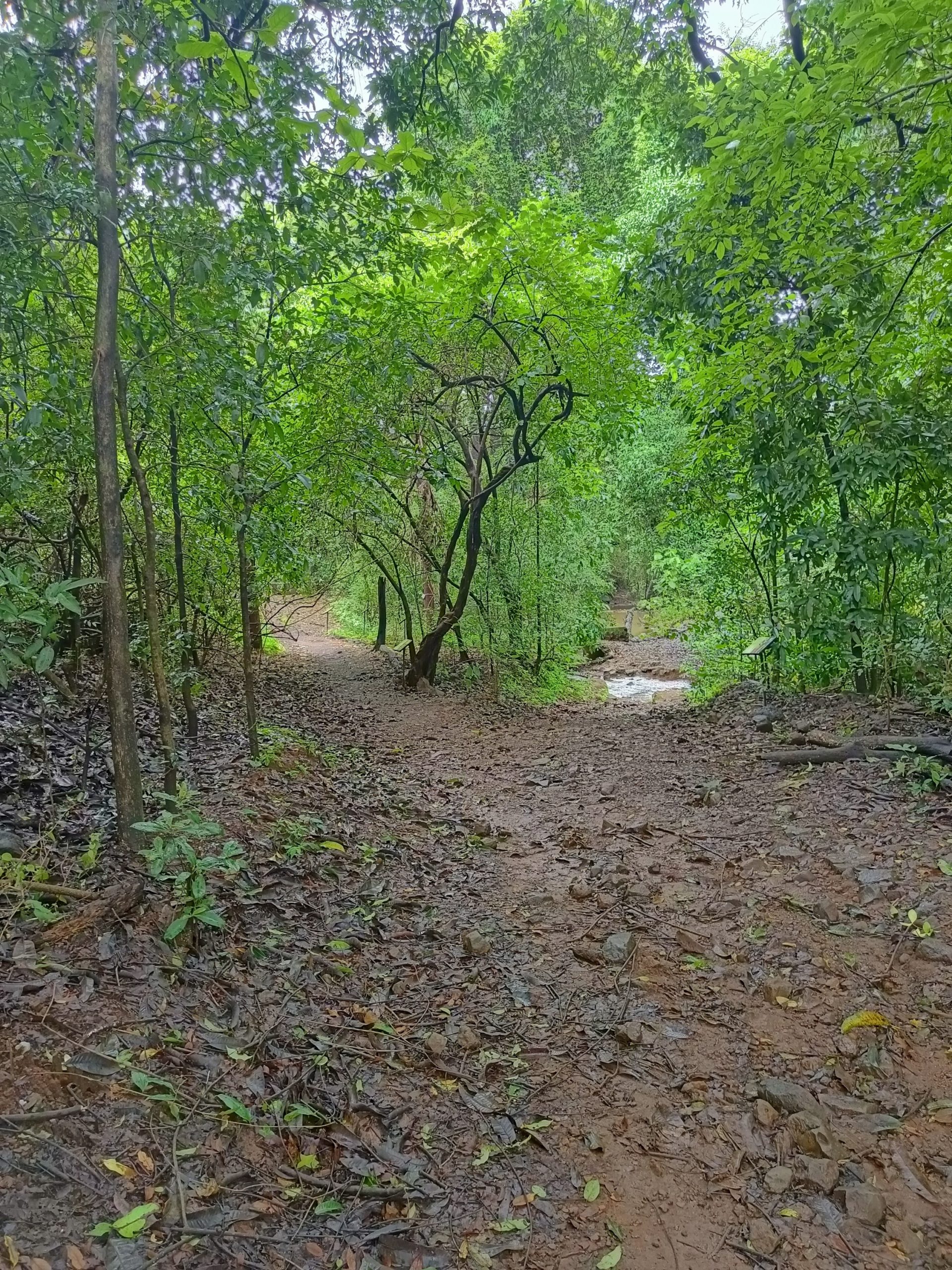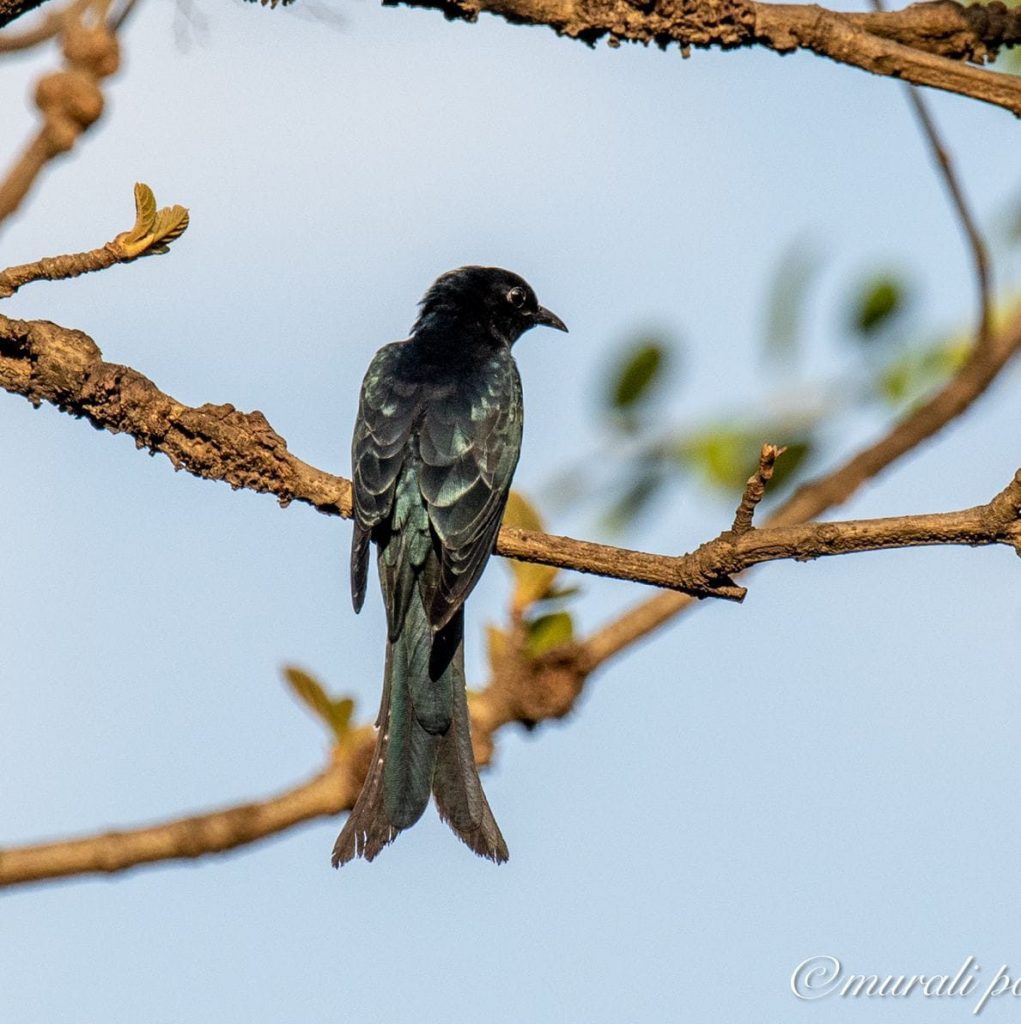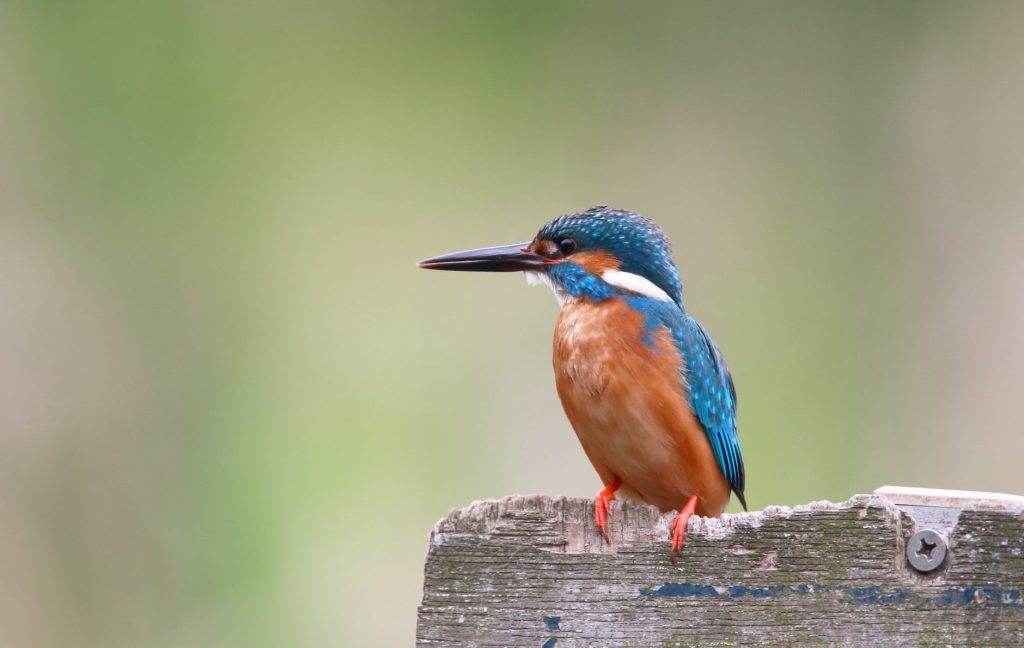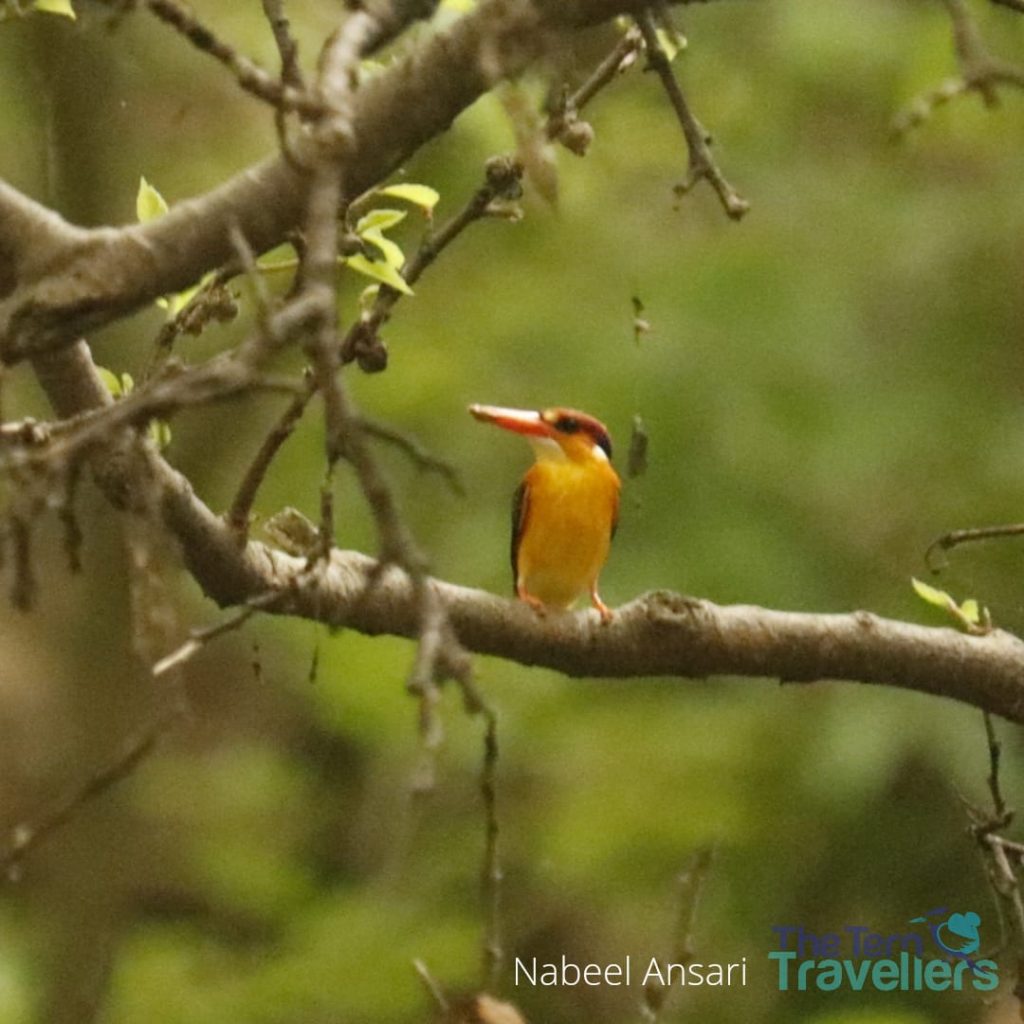The Answer to your question:
I, a permanent resident of this forest, assure you I am the best one to answer this question. I and my children and my children’s children have been monkeying around this forest for quite a long time. Sorry, I forgot to introduce myself. I am Monty the monkey, the eldest of my family. Some weird people visiting Karnala sometimes point at me and refer to me as the Rhesus macaque (Macaca mulatta). You’ll find many like me in this lush green forest. Coming to the Karnala forest is a sanctuary dedicated to birds. It is the third sanctuary near the city of Mumbai after the Sanjay Gandhi National Park and the Tungareshwar hills. Compared to these forests, my home is not very big. It is a small sanctuary and covers an area of 12.11 sq.km. Since I have spent all my life in this forest, I have seen it transform and change colours season after season. Basically, there is no one good season to visit the forest. The forest is appreciable in all seasons.
When tired of foolishly monkeying around the forest, my free time is when I am not scheming on how to steal food from humans. That’s when I decide to tag along with those who call themselves NATURALISTS. I observed that they call my home a MOIST DECIDUOUS type. So, in simple words, the nutjob is trying to say that during monsoon, the forest is full of life. The trees are lush green, the air is fresh and pleasant, and the ground is fragrant. It is the perfect time for trekkers to hike up to the Karnala fort, situated right in the center.
During winters, the forest retains its beauty and its lush characteristics. We monkeys await to welcome our winged winter visitors. Karnala is home to around 200 bird species, from which 47 species of migratory birds visit the sanctuary during winters. This time is the best for new birders and ornithologists as bird spotting takes place with minimum difficulty.
During summers, few trees shed their leaves to conserve moisture. During this time, the forest looks completely different. The added shades of red and yellow from the fallen leaves pleases the viewer’s eyes. Residents of Mumbai city, especially forest lovers, come here to break the heat. People living in town areas often combat from effects of heat islands. There is no better cure to this problem than the fresh cool forest air under tree canopies. The forest floor region is even chillier because of the formation of natural mulch that is the fallen tree leaves. Thus, a perfect picnic spot to beat the heat.


Changing avifauna with changing seasons.
The only reason to ask the best time to visit Karnala bird sanctuary otherwise, is when you specifically want to spot any specific bird species. The avifauna of any area shifts with the seasons. The number of spotting of bird species also highly depends on the seasons. If you are one of those who cannot visit the area often and want to have the best birding experience, here’s some crucial information…
October – February: (Post monsoon)
The winter season is called the birding season. Between October to February, you’ll be able to spot the highest number of bird species. During these months, many migratory species visit the forest around Mumbai city. Karnala forest serves as one of the ideal forests for these birds. What are migratory birds? The birds showing regular movement to and from an area, from breeding grounds to feeding areas, are called migratory birds. Black-winged stilt, Forest wagtail, White wagtail, grey wagtail, Rufous-tailed lark, Black ibis, Glossy ibis, Indian spot-billed duck, and Eurasian roller are a few migratory birds previously spotted inside Karnala forest. Including the migratory species and the resident species of the forest, you can spot more than 170 bird species alone in these months.

March-May: (Pre-monsoon)
During summers, when the winter migratory birds have flown back to their native lands, the spotlight is on the resident species. What are the resident birds? Some birds do not migrate and spend their lives in a specific area. Such birds are called resident birds. The largest bird species spotted will be from the order Passeriformes, or you might also know them as the songbirds. Plain and ashy Prinia; Our most found Tailor bird; The Drongos, will begin with their game of mimicry, and so will the leaf birds. Then there are tri-coloured, red, and scaly-breasted Munias. Our second most found, Red-whiskered and Red-vented bulbuls. We cannot forget about the Indian robin and the Oriental magpie robins while talking about the resident passerine birds.
Where there is prey, there are predators as well. The most spotted accipiter’s in the Karnala forest are Black shoulder kites, Pariah Kites, Brahminy kites, Western marsh harrier, and the Shikra. Lastly, we cannot forget our tiny but fierce predators, the White-throated kingfisher, the Common kingfisher, and the Indian rollers.


June-September: (During monsoon)
Monsoon is a time when birds are present in the forest, but it is a real challenge to spot them. That is because the birds are hidden and take shelter from the rains. The absence of plenty of sunlight does not favour passerine bird sightings. When sightings are rare, and you as a naturalist, are desperate to identify birds, you must change your strategy. You must try identifying birds with their calls. Identifying bird calls is an art, it takes time to develop but is gratifying.
But there is no reason to be disappointed. Monsoon marks the Oriental dwarf kingfisher’s breeding season. The vibrant bird is beautiful and shy and thus hides deeply inside forests during all seasons except the monsoons. The hype of clicking a photograph of this bird is such that enthusiasts from around the world come to visit the western ghats (Karnala forest) for doing so. The locals have observed this bird’s nesting patterns and have an idea of its location. You witness the male Oriental dwarf kingfisher carry food for its chick and the female into the nest multiple times. It is a breath-taking moment when you see it. Another bird that loves to come out during the rains is the Malabar whistling thrush. If not visibly appealing, it is outright a lyrically attractive bird.
Vidushi Jaiswal.

How to reach the place:
I think I have spoken enough about the forest, probably too much considering I am only a primate. But aren’t you wondering how to commute to the forest?
By road: – The Karnala forest is barely 2 hours away from Mumbai city. Since located on the Mumbai – Goa highway, its easily accessible by road. The most convenient option should be to arrange for a private vehicle.
By Train: – Panvel Railway Station is the nearest railway station to the Karnala Bird Sanctuary.
I hope the lifetime experience of Monty, the Monkey came of any use to you. Book your visit to the Karnal Birds sanctuary through The Tern Travellers and be a part of our journey.
Thank you.
If you wish to curate one such experience for your family & friends click here to join us.
To join us on our upcoming trail click on the button below.
